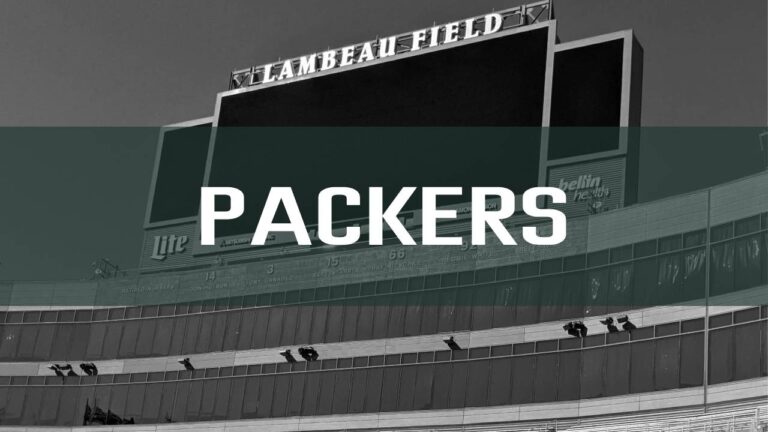Miami’s dominance undone by run defense, strategic miscues and a Panthers comeback led by Rico Dowdle.
I am pretty certain most Dolphins fans around the world are still struggling to comprehend last night’s 27-24 loss to the Carolina Panthers.
I have tried to analyse what went wrong. If you can bear it, please read on.
First-half command: A tale of offensive control
The Miami Dolphins entered Sunday’s clash with the Carolina Panthers riding some offensive rhythm and calculated execution.
Tua Tagovailoa orchestrated a nearly flawless first half, spreading the ball efficiently and pushing Miami out to a commanding 17-0 lead.
Quick strikes to Jaylen Waddle and Darren Waller demonstrated the Dolphins’ ability to exploit defensive mismatches. Meanwhile, Carolina’s offense sputtered under the early pressure, managing just 64 total yards in the first quarter.
Defensively, Miami seemed composed and structurally sound – until they were not.
Dowdle breaks the dam: Carolina adjusts
The second half revealed the Dolphins’ most glaring vulnerability: run containment. Rico Dowdle, thrust into a lead-back role for Carolina, gashed Miami’s front seven with an astonishing 206 rushing yards on 24 carries, a performance as bruising as it was decisive.
Carolina’s offensive coordinator deserves credit for recalibrating. Rather than continuing to test Miami’s secondary, the Panthers leaned into a power-run scheme that exploited poor gap discipline and inconsistent tackling.
Dowdle’s vision and patience allowed the Panthers to control time of possession and wear down the Dolphins’ defense both physically and mentally.
Strategic missteps: Miami’s calculated gambles fall flat
Defensive coordinator Anthony Weaver has built a reputation on ingenuity and aggressiveness, but Sunday’s second half revealed cracks in the Dolphins’ adaptability.
With the Panthers mounting their comeback, Miami failed to adjust defensively, continuing to deploy light boxes and nickel packages against a ground-heavy attack.
Offensively, Miami’s run game was virtually non-existent – just 19 total rushing yards on the day. Without balance, the offense became predictable.
Though Tagovailoa posted three touchdowns and protected the ball well, the lack of complementary football doomed Miami in the game’s final stretch.
The final blow: Penalties and pressure
Trailing 24-20 with under five minutes remaining, Carolina mounted a decisive 75-yard drive, culminating in a 4-yard touchdown pass from Bryce Young to Mitchell Evans.
A critical pass interference call against Dolphins cornerback Jack Jones on the final drive extended the series and further unraveled Miami’s composure.
Despite a late 46-yard touchdown strike from Tagovailoa to Waddle to briefly retake the lead, Miami’s defense had no answer for Carolina’s momentum, a collapse marked not only by execution errors but also by a failure to adjust.
Conclusion: Lessons from the wreckage
Miami’s 27-24 loss is a textbook example of what happens when early leads foster complacency. The Dolphins showcased their potential for 25 minutes, then unraveled under sustained physical pressure and better in-game coaching from their opponents.
The blueprint to beat Miami is much clearer now: run at them, keep Tua off the field and wait for the dam to crack… because it will.
Miami’s season is effectively over. They are not good enough to rebound from this.
Now they need to evaluate who, from this disaster of a season, will be here next year. That starts with Chris Grier and goes right through to the 53rd player on the team.





